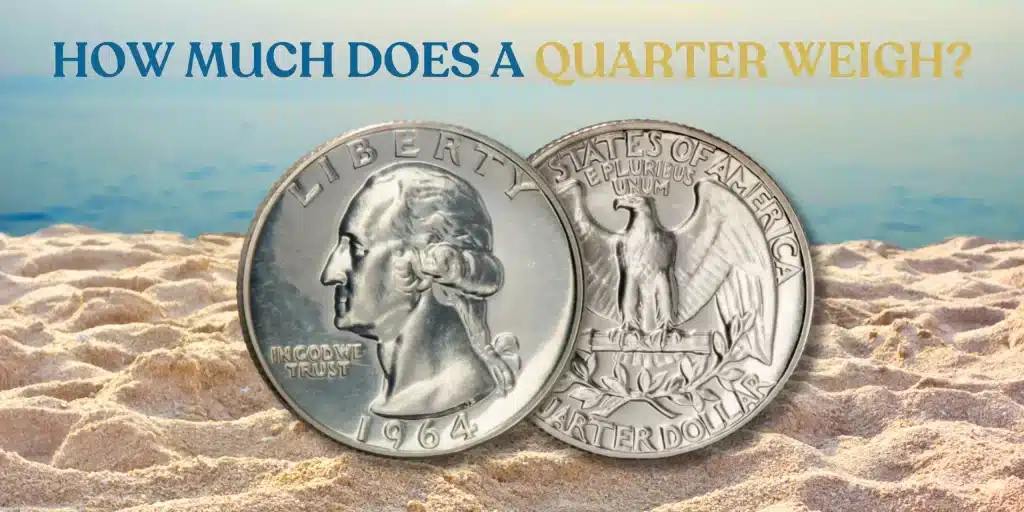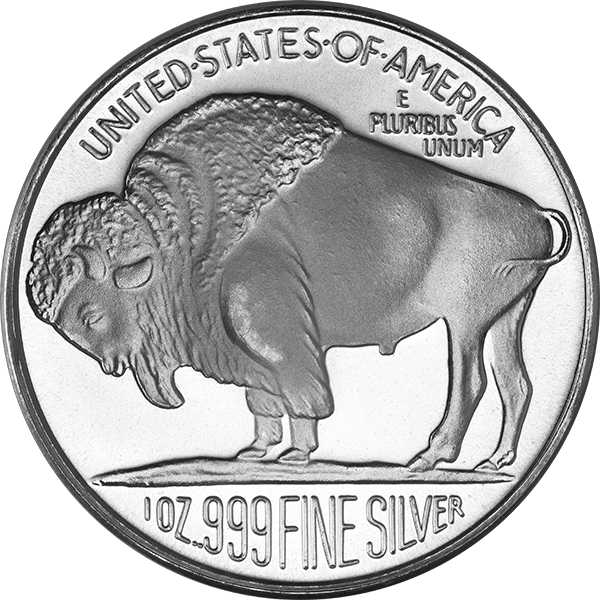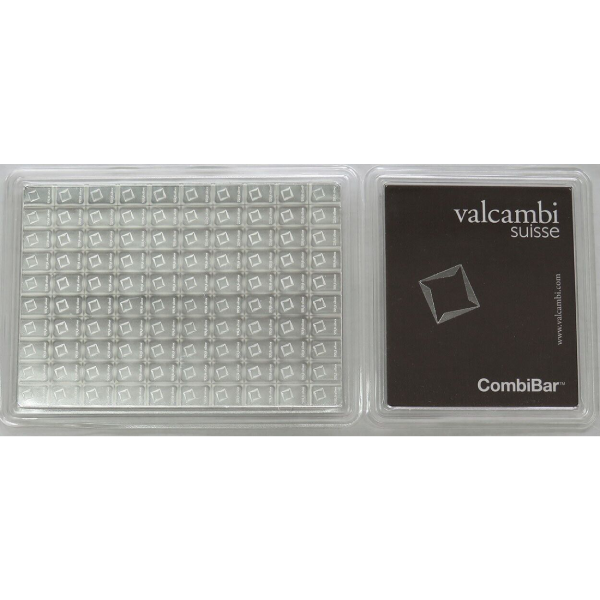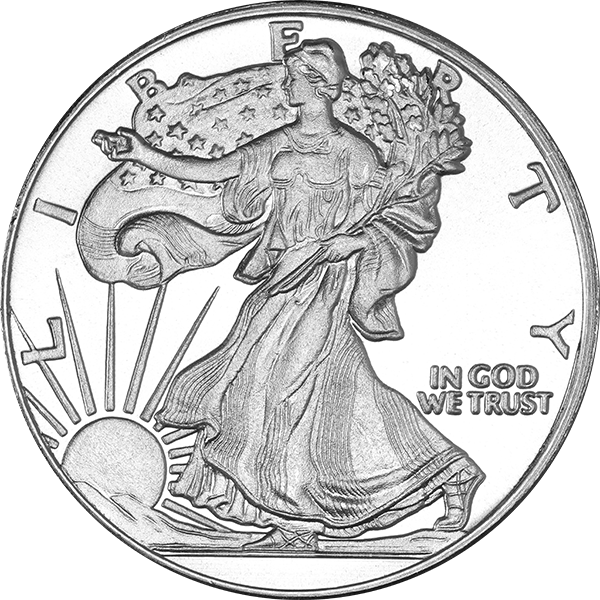How Much Does a Quarter Weigh?
The weight of a quarter may seem minor, but it plays an important role in everyday transactions, vending machines, and coin collecting. Understanding its weight helps verify authenticity and distinguish between different types of quarters. From historic silver quarters to modern ones, weight variations impact their value and usability. Whether you’re a collector, trader, or simply curious, knowing how much a quarter weighs offers insight into its history, composition, and significance in currency circulation.

Why the Weight of a Quarter Matters
The weight of a quarter may seem like a trivial detail, but it plays a significant role in various fields, including coin collecting, vending machine operations, and even metal trading. Understanding its weight helps in verifying authenticity, preventing fraud, and appreciating its historical value.
History and Evolution of Quarters
The U.S. quarter has undergone several transformations since its inception in 1796. Originally made of pure silver, its composition changed over time due to economic and resource considerations. The most notable change occurred in 1965 when the U.S. Mint transitioned to a copper-nickel alloy, replacing the 90% silver quarters. These changes have had a direct impact on the quarter’s weight and overall specifications.
How Much Do Quarters Weigh?
The standard U.S. quarter, which has been in circulation since 1965, weighs 5.67 grams (0.2 ounces). It is composed of a copper-nickel clad blend, with an outer layer of 75% copper and 25% nickel surrounding a pure copper core.
Video Source Silver Moneybag
1. Factors Affecting Weight
Several factors influence the weight of a quarter, including:
- Metal Composition: Older silver quarters (pre-1965) weigh 6.25 grams, while modern quarters (post-1965) weigh 5.67 grams due to the switch from silver to copper-nickel alloy.
- Wear and Tear: Circulated coins may lose tiny amounts of metal over time, slightly reducing their weight.
- Manufacturing Tolerances: The U.S. Mint allows minor weight variations due to production processes.
- Counterfeit Coins: Fake coins often have different weights due to differences in material composition.
2. Measuring and Verifying Weight
To ensure authenticity, quarter weight can be measured using:
- Digital Scales: A precise scale can measure the coin to the nearest 0.01 grams.
- Magnetic Tests: Authentic quarters are not magnetic, while counterfeits may contain magnetic materials.
- Visual Inspection: Details like thickness, edge ridges, and surface finish can indicate authenticity.
Silver Quarter Weights and Composition
| Years Minted | Quarter Design | Silver Weight | Total Weight | Composition |
| 1796-1807 | Draped Bust | 0.1934 troy oz | 0.2167 troy oz (6.74g) | 89.24% Silver, 10.76% Copper |
| 1815-1838 | Capped Bust | 0.1934 troy oz | 0.2167 troy oz (6.74g) | 89.24% Silver, 10.76% Copper |
| 1838-1852 | Seated Liberty | 0.1933 troy oz | 0.2148 troy oz (6.68g) | 90% Silver, 10% Copper |
| 1853-1872 | Seated Liberty | 0.18 troy oz | 0.2 troy oz (6.22g) | 90% Silver, 10% Copper |
| 1873-1891 | Seated Liberty | 0.1808 troy oz | 0.2009 troy oz (6.25g) | 90% Silver, 10% Copper |
| 1892-1916 | Barber | 0.1808 troy oz | 0.2009 troy oz (6.25g) | 90% Silver, 10% Copper |
| 1916-1930 | Standing Liberty | 0.1808 troy oz | 0.2009 troy oz (6.25g) | 90% Silver, 10% Copper |
| 1932-1964 | Washington | 0.1808 troy oz | 0.2009 troy oz (6.25g) | 90% Silver, 10% Copper |
Weight Comparisons: The Quarter vs. Other Coins
The U.S. quarter stands out when compared to other commonly circulated coins. The penny, at just 2.5 grams, is the lightest, while the nickel weighs 5.00 grams, slightly less than the quarter but thicker. The dime, although smaller, is significantly lighter at 2.268 grams.
On the heavier side, the half-dollar weighs 11.34 grams, exactly twice that of a quarter. The dollar coin, at 8.1 grams, is heavier than a quarter but not as heavy as the half-dollar. These weight variations play a crucial role in coin recognition, ensuring seamless use in vending machines, coin counters, and banking systems.
Types of Precious Metals in Quarters
Modern quarters primarily contain 75% copper and 25% nickel, but historically, some were made of 90% silver and 10% copper. Collectors often seek out silver quarters, as they hold more intrinsic value than their face value. Silver quarters are especially valuable during times of high silver prices.
Coin Specifications: The Weight of a Quarter in Grams
The U.S. quarter has a standard weight of 5.67 grams, ensuring consistency in circulation and usability in machines. However, older silver quarters, minted before 1965, weigh slightly more at 6.25 grams due to their higher-density metal composition.
The precise weight of a quarter is essential for coin collectors, traders, and automated vending systems that rely on accurate weight measurements. Special edition or commemorative quarters may have slight variations, but the U.S. Mint enforces strict standards to maintain uniformity. Whether for everyday transactions or numismatic purposes, the weight of a quarter remains a key factor in its authenticity and value.
How Quarter Weight Affects Coin Collecting and Trading
Weight plays a crucial role in numismatics (coin collecting) and trading:
- Authentication: Collectors weigh quarters to determine whether they are authentic or counterfeit.
- Precious Metal Value: Silver quarters weigh more, making them more valuable for their metal content.
- Grading and Condition: Heavily circulated coins may weigh slightly less, affecting their grade and value.
- Bulk Coin Trading: Dealers often trade coins in bulk based on weight to estimate total value.
The Science Behind Measuring Coin Weight
The science of metrology (measurement) ensures precision in weighing coins. Accurate scales use:
- Microgram Balances: High-precision balances measure tiny variations in weight.
- Density Testing: This method helps determine the metal composition by comparing weight and volume.
- X-ray Fluorescence Spectroscopy (XRF): Used for analyzing metal content without damaging the coin.
FAQs
1. How much does a U.S. quarter weigh?
A standard U.S. quarter weighs 5.67 grams, while pre-1965 silver quarters weigh 6.25 grams due to their higher silver content.
2. Why do older quarters weigh more?
Quarters minted before 1965 contain 90% silver, which is denser than the copper-nickel alloy used in modern quarters, making them heavier.
3. Can the weight of a quarter change over time?
Yes, slight variations can occur due to wear and tear, which may reduce the coin’s weight over decades of circulation.
4. How is the weight of a quarter measured?
You can measure a quarter’s weight using a digital scale with at least 0.01-gram accuracy for precise readings.
5. Are all U.S. quarters the same weight?
Most modern quarters have a standard weight, but commemorative or proof quarters may have minor variations due to different minting processes.




